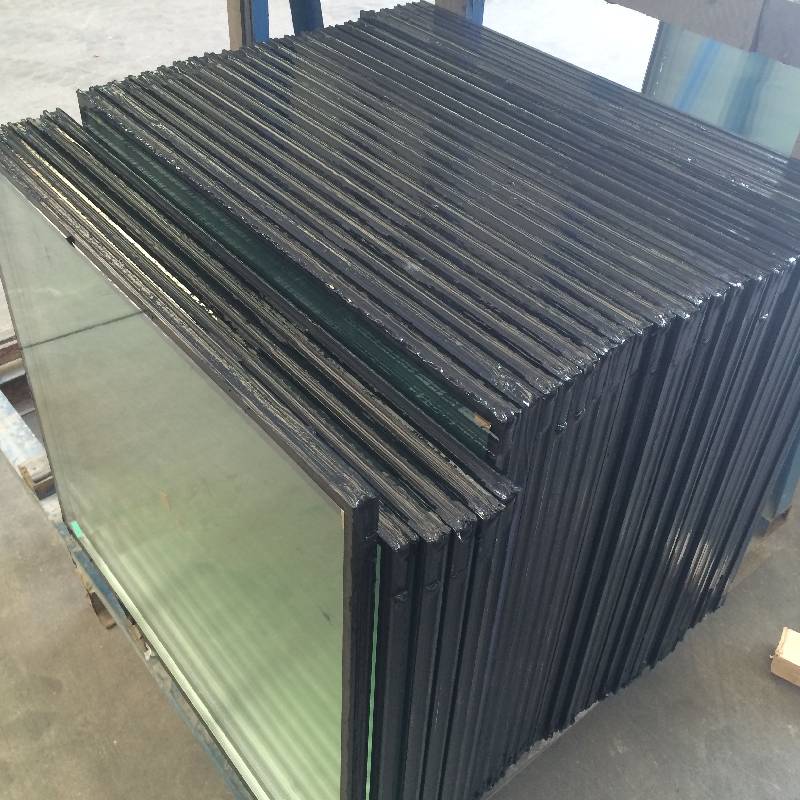

Understanding Low-E 272 Glass A Comprehensive Overview
In the realm of modern architecture and sustainable design, low-emissivity (Low-E) glass has emerged as a pivotal component in enhancing energy efficiency and comfort in buildings. Among the various types of Low-E glass, the Low-E 272 glass stands out due to its exceptional performance characteristics. This article aims to delve into the features, benefits, and applications of Low-E 272 glass.
What is Low-E 272 Glass?
Low-E 272 glass is a specialized type of glass that is treated with a microscopic metallic coating. This coating reflects a significant portion of solar heat while allowing ample visible light to pass through. The “272” in its name refers to its specific performance metrics, particularly its ability to balance solar control and daylight transmission. This makes it an ideal choice for a variety of residential and commercial applications.
Energy Efficiency
One of the primary advantages of Low-E 272 glass is its contribution to energy efficiency. In a world increasingly focused on reducing carbon footprints, energy-efficient materials are more crucial than ever. Low-E 272 glass works by minimizing the amount of infrared energy that escapes from a building during colder months while reflecting harmful UV rays in warmer conditions. As a result, it reduces the need for artificial heating and cooling, leading to lower energy costs and a minimized environmental impact.
Comfort and Ambience

In addition to energy savings, Low-E 272 glass plays a significant role in enhancing indoor comfort. By controlling solar heat gain, this glass type helps maintain a stable indoor temperature, which is essential in climates with extreme weather fluctuations. Furthermore, its ability to transmit natural light while mitigating glare creates a pleasant and productive indoor environment.
Durability and Longevity
Low-E 272 glass is not only energy-efficient but also durable. The metallic coating applied to the glass surface is designed to withstand the elements, ensuring that the benefits of energy efficiency are consistent over time. Its long lifespan means that investments in this technology pay off in the long run, providing reliable performance without frequent replacements.
Applications of Low-E 272 Glass
The versatility of Low-E 272 glass makes it suitable for a wide array of applications. It is commonly used in residential windows, commercial buildings, curtain walls, and skylights. Architects and builders appreciate its capability to enhance building aesthetics while providing superior energy performance. In residential settings, Low-E 272 glass is ideal for large windows and glass doors, allowing homeowners to enjoy unobstructed views and natural light without compromising on comfort.
Conclusion
In today’s architectural landscape, the importance of energy efficiency cannot be overstated. Low-E 272 glass represents a significant advancement in glazing technology, offering an optimal balance of solar control, light transmission, and durability. As society continues to prioritize sustainability, the adoption of Low-E glass options like Low-E 272 will likely become increasingly widespread. For homeowners and builders alike, this glass type serves as a testament to the power of innovation in creating comfortable, energy-efficient spaces that meet the demands of modern living. By incorporating Low-E 272 glass into building designs, we can move towards a future that embraces both environmental responsibility and architectural beauty.